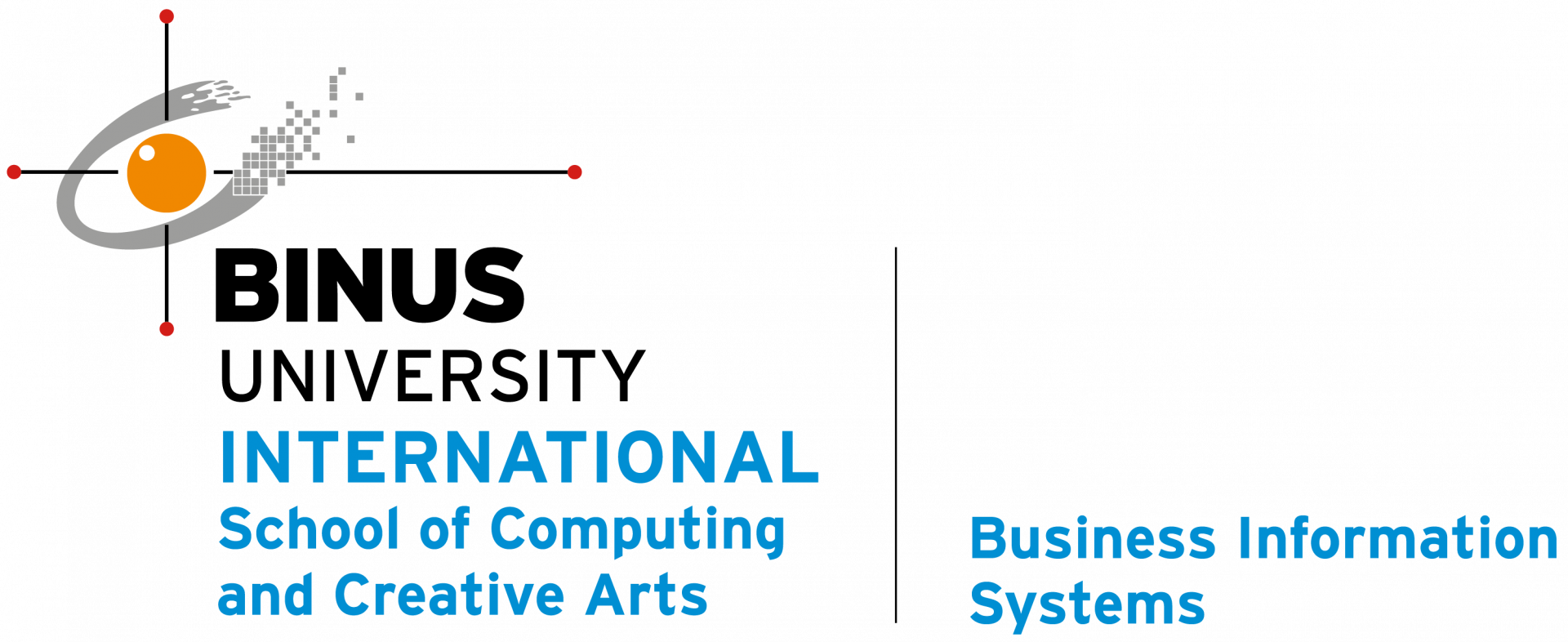From Information System to Advanced Business Forecasting
Part I
Michael Siek
As one of the major disciplines in the area of information and communication technology (ICT), an information system currently plays a crucial role in the growth of any businesses. It integrates a number of components for acquiring, processing and storing data and providing the useful information and knowledge to the people and businesses through the networks of software and hardware. Such integrated system often permits to well-support the management, operation and decision making of the business processes or further on value chain processes.
In relation to decision making in businesses, many people and organization seek for the possibility of forecasting, such as in supply chain management, inventory control, stock prices, financial instability and so forth. This field of work often refers to business forecasting that has a strong connection with statistics. Most of statisticians utilize probabilistic methods with statistical distributions as a common ground to describe and formulate the inherent aspects or variables of the business systems. The expected outcomes can be obtained from statistical computations with random variables generated by a general-purposes computer. As most of computer experts notice, unfortunately, our computers can not produce real random numbers, instead of only providing a set of pre-defined deterministic numbers emulating a particular statistical distribution. That is why a standard procedure of statistics is often unable to model the underlying characteristics of a business system. It requires additional features to fill in the gaps in the modeling parts with some confidence intervals or uncertainties, which are commonly estimated by statistical methods, for example using Markov Chain Monte Carlo Simulations.
Going into deeper view, let us take a look at more difficult business system to forecast, such as stock prices or currency exchange prices. Many stock traders seize technical and fundamental data in the efforts to estimate the future stock or currency prices; and the excellent traders should realize that the usage of those data frequently provide wrong forecasts or even wrong direction of forecasts. Regularly, the traders employ technical data with some statistical tools inside a trading system to forecast the prices, but in fact those tools do not supply forecasting; the methods used are merely some variety of averaging and trend methods applied onto the historical data.
A question: Do we have a good method to forecast business systems? Before answering this, let see the simplest but hardest to forecast: a coin tossing. Throwing a coin has two possible outcomes: head or tail. How can we precisely forecast that the n-th trial will be head? None can accurately forecast the outcome of a head or a tail. Statisticians describe this as probability, which they do not really recognize the underlying characteristics of tossing a coin. In other words, it is fully denoted as a chance.
In a few decades, the attempts of finding better methods in forecasting business systems have been emerging into significant advancements through a huge support from the encouraging enhancements of the information systems and data science. The forecasting methods discovered turn out to be part of a sub-field of study, a so-called advanced business forecasting. A lot of scientists converge towards better understandings on complex dynamical systems, which are closely related to our business systems. What the people said as a chance or random event like tossing a coin is now becoming predictable and deterministic. The behaviors and patterns in complex dynamical business systems appeared to be random, irregular and unpredictable, nowadays, they have been discovered to behave in deterministic manners. For instance, could we forecast the financial crisis in 2008 from the one in 1998? Is our current forecasting method able to detect dynamical change between these two financial crises? Please read an article entitled “From Information System to Advanced Business Forecasting: Part II”.

